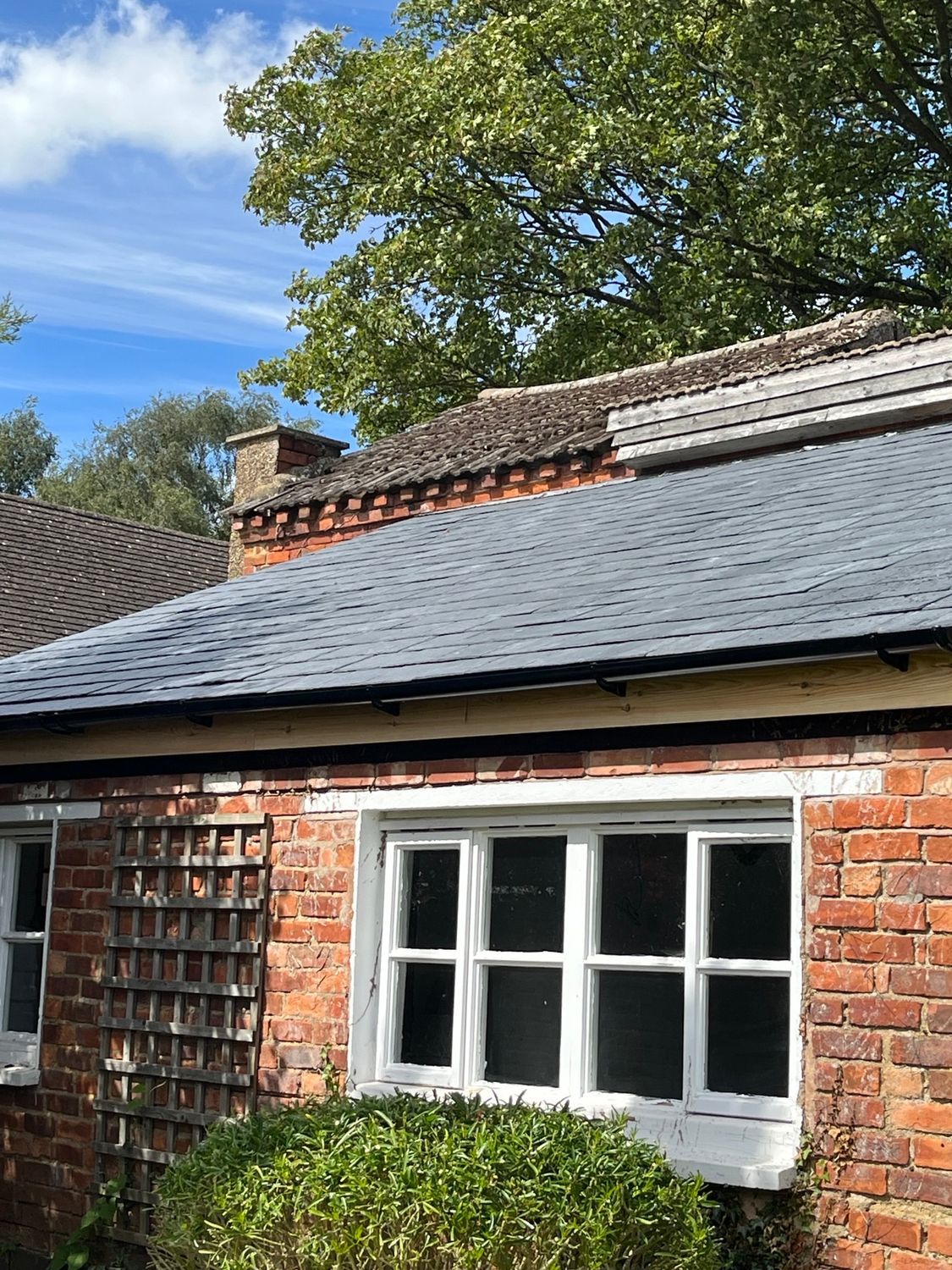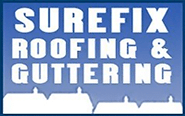Established in 1997
How to Maintain Your Roof After a Storm: A Step-by-Step Guide
After a storm, your roof has taken the brunt of the harsh weather conditions, and it’s crucial to assess its condition to ensure your home remains protected. Strong winds, heavy rain, hail, and even snow can cause significant damage to your roof, potentially leading to leaks, structural issues, or even complete roof failure if left unchecked. By taking proactive steps to maintain your roof, you can prevent costly repairs and safeguard your home from future damage.
In this guide, we’ll walk you through the essential steps for maintaining your roof after a storm and how Surefix Roofing can help you with expert repairs and inspections.
Step 1: Stay Safe – Assess From the Ground
Before you rush up to inspect your roof, your safety should be your number one priority. Storms often leave behind slippery conditions and debris, which can make climbing dangerous. Begin your assessment from the ground by looking for the following signs of damage:
- Missing Shingles or Tiles: Strong winds can tear off shingles or tiles, leaving parts of your roof exposed.
- Debris: Fallen branches, tree limbs, or other debris can damage your roof, gutters, and fascia.
- Gutter Blockages: Storms can cause gutters to clog with leaves, twigs, and dirt, leading to improper water drainage.
- Visible Dents or Cracks: Look for dents or cracks on your roof that may have been caused by hail or falling debris.
Step 2: Inspect the Interior of Your Home
Once you've checked the exterior, move inside your home to inspect the ceilings, attic, and walls for any signs of water damage. Look for:
- Leaks or Water Stains: Dark spots or water dripping down your walls or ceiling could indicate a roof leak.
- Musty Odours: A persistent damp smell may point to hidden moisture, potentially causing mould growth.
- Structural Damage: If you notice sagging or unusual marks on your ceiling, it could be a sign of significant water damage.
If you discover any of these issues, it’s best to call a professional roofing company immediately for a more detailed inspection.
Step 3: Clear Debris from the Roof and Gutters
After a storm, your roof may be covered in branches, leaves, and other debris that can clog gutters and drainage systems. Clogged gutters prevent water from flowing properly off the roof, leading to potential leaks or water damage. Here’s what to do:
- Remove Debris: Carefully remove debris from the roof’s surface using a broom or soft brush. Be sure to avoid walking on the roof if it's wet or slippery.
- Clear the Gutters: Use a ladder to clear out any debris from the gutters to ensure proper water flow. Clogged gutters can cause water to pool on the roof, leading to leaks or even structural damage over time.
If you're unsure or uncomfortable with climbing ladders or working on the roof, call a professional like Surefix Roofing to handle the job safely and efficiently.
Step 4: Check for Signs of Roof Damage
After removing debris, inspect your roof more closely for signs of damage. Keep an eye out for:
- Cracked or Missing Shingles: Strong winds can dislodge or crack shingles. A missing or damaged shingle leaves your roof vulnerable to leaks.
- Damage to Flashing: Flashing is used around chimneys, vents, and skylights to prevent water from seeping in. Storms can loosen or damage flashing, creating leaks.
- Hail Damage: If hail was part of the storm, check for signs of denting or pitting on shingles, which can compromise their waterproofing ability.
Step 5: Schedule a Professional Roof Inspection
Even if your roof looks intact from the outside, hidden damage can occur. The safest and most reliable way to ensure your roof is in good condition is by scheduling a professional roof inspection. A roofing expert can:
- Thoroughly inspect the roof: Professionals can look for hidden damage to shingles, flashing, and underlayment that you might miss.
- Check for leaks and signs of water infiltration: They can test your roof's integrity and repair any leaks before they cause more significant damage.
- Provide long-term solutions: A roofing expert can suggest the best course of action for maintaining your roof and prolonging its lifespan.
Step 6: Carry Out Necessary Repairs
If your roof inspection reveals any issues, prompt repairs are essential to avoid further damage. Common repairs after a storm may include:
- Replacing missing or damaged shingles: Ensure your roof is fully covered to prevent leaks.
- Sealing gaps and cracks: Ensure all gaps, including around vents and chimneys, are sealed properly to prevent water infiltration.
- Gutter and downspout repairs: Fix any damaged gutters to maintain proper drainage and prevent future damage to the roof.
How Surefix Roofing Can Help
At Surefix Roofing, we understand the importance of a well-maintained roof, especially after a storm. Our team of roofing experts is here to help you assess and repair any storm damage, ensuring your roof continues to protect your home.
We also offer emergency repair services, so if you notice damage after a storm, don’t wait—contact us immediately. Plus, with our 20-metre Cherry Picker access platform, we can safely and efficiently reach high or difficult-to-access roofs for repairs, including gutter and chimney work.
If you’re unsure about the condition of your roof after a storm, contact Surefix Roofing today for a professional inspection and a free quote. We’ll help you maintain a safe, secure home, no matter what the weather brings.











